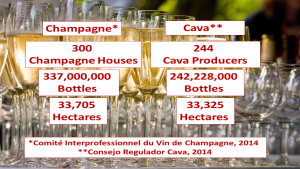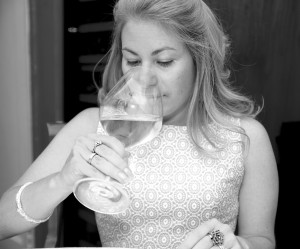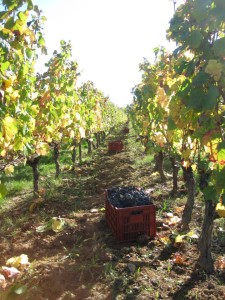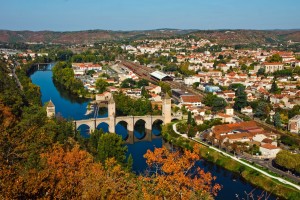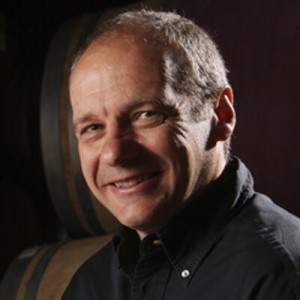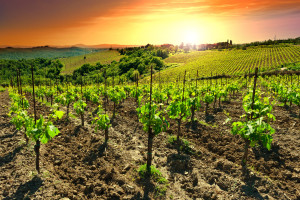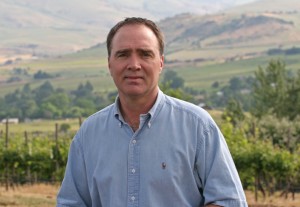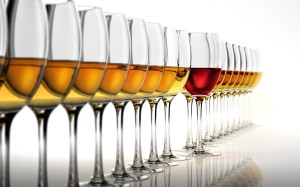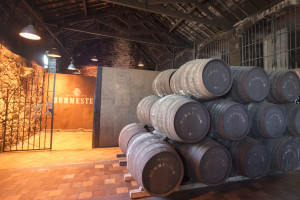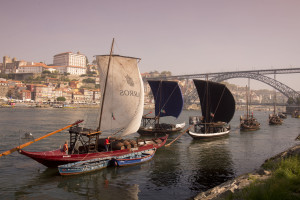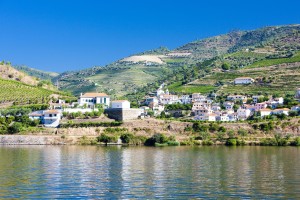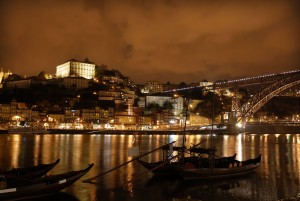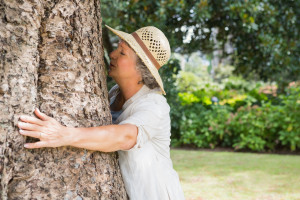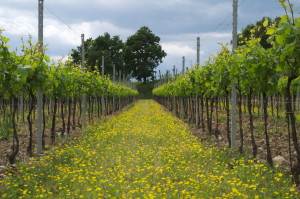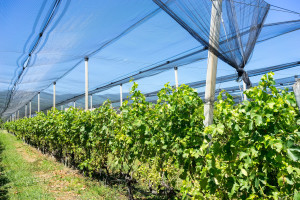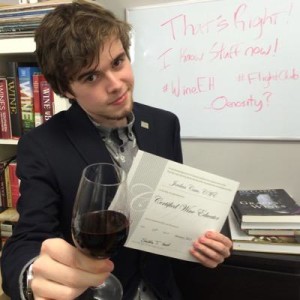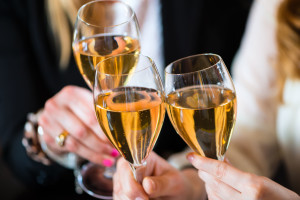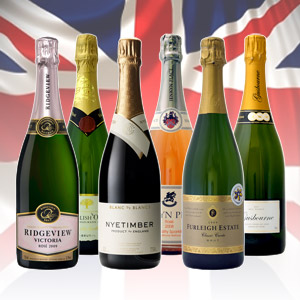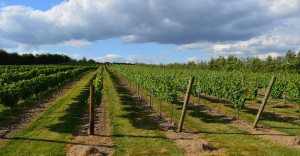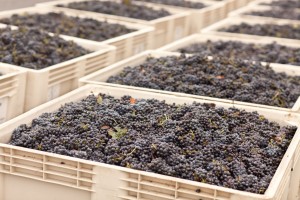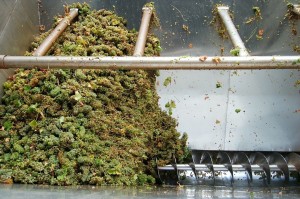Today we have a conference preview from Matilda Parente, MD. Tilda’s conference session will address something we are all interested in – the connection between wine and health! Read on for her comments on red wine headaches!
 Wine Headaches: Is Malo the Culprit?
Wine Headaches: Is Malo the Culprit?
Wine headaches have been recognized for millennia. Celsus (circa 25 BCE – 50 CE) wrote about head pain brought on by drinking wine in a medical encyclopedia from the Roman age. In the late 1700s, the English physician Fothergill described migraines triggered by certain foods and drink including chocolate, cheese and wine.
More than 200 years and countless headaches later, many questions about wine headaches remain unanswered despite the widespread occurrence of different types of wine intolerances, estimated to affect from 7% to perhaps 40% of individuals. As a wine professional, you probably field questions about what causes such reactions and what can be done to avoid or prevent them.
Guests often claim that their headaches are brought on only by red wine. For others, it’s white wine. Or bubblies. Some find that dessert wines do them in. Others cite high-tannin wines while a few more may blame a certain grape varietal or perhaps an entire continent. Some people claim to not experience headache with organic wines or while on vacation, usually in Europe.
As a wine professional, how can your answer your guests’ questions in a way that makes sense of these conflicting anecdotes and remain true to what the emerging science tells us?
Moving beyond sulfites, which have long been granted a reprieve as the wine headache culprits, consider biogenic amines (BA). These carbon- and nitrogen-containing compounds made from amino acids are present in various fermented foods and beverages, including wine, beer, cider, certain cheeses, processed meats, anchovies and other fermented or soured foods such as sauerkraut, buttermilk and pumpernickel bread.
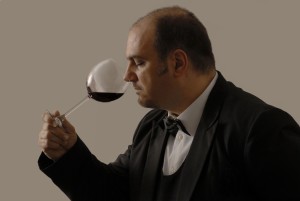 BA are found in all living things and are essential for many processes. In humans, BA function in brain development, cell growth and the immune response. However, when consumed in large amounts, or by individuals unable to break down BA or in people on some medications or with certain conditions, high amounts of BA may overwhelm the body’s ability to degrade them, causing headache and other symptoms such as flushing, itching, skin rash, burning or swelling of the mouth region, runny nose, high blood pressure, elevated heart rate, shortness of breath or asthma, gastrointestinal upset or, in extreme cases, circulatory collapse.
BA are found in all living things and are essential for many processes. In humans, BA function in brain development, cell growth and the immune response. However, when consumed in large amounts, or by individuals unable to break down BA or in people on some medications or with certain conditions, high amounts of BA may overwhelm the body’s ability to degrade them, causing headache and other symptoms such as flushing, itching, skin rash, burning or swelling of the mouth region, runny nose, high blood pressure, elevated heart rate, shortness of breath or asthma, gastrointestinal upset or, in extreme cases, circulatory collapse.
The major biogenic amines in wine are histamine and tyramine along with the unpleasant-sounding putrescine and cadaverine, two biogenic amines that have been linked to spoilage, mostly in fish and foods.
Where do the biogenic amines in wines come from? Some are present in the grapes themselves, the levels of which may vary with the grape variety, vintage, and different viticultural practices and conditions. Yeast may also produce some BA during the alcoholic fermentation, with levels varying according to the starter yeast type or strain. BA formation can also depend on the winemaking temperatures, maceration time and pH levels. Allowing the wine to rest sur lie increases BA levels, as can the barrel aging and storage of wine.
Recently, scientists from various wine-producing countries have found that the concentration of biogenic amines in wines soars during malolactic fermentation (MLF, or ‘malo’). That conversion process, a near-universal practice in red wine production, uses lactic acid bacteria to convert tart malic acid to the softer lactic acid, decreasing acidity and helping to ensure better microbial stability in the wine.
The bacteria that have been associated with increased BA production during malo can produce an enzyme called decarboxylase that enables BA formation from the amino acids present in the wine.
Although many white wines and rosés do not undergo MLF, the process is often used in Chardonnay production, which also imparts a buttery flavor to the finished wine due to the formation of diacetyl, a MLF reaction by-product.
The potential health issues associated with biogenic amines are coming under closer scrutiny, especially over the past decade. The European Food Safety Authority has brought focus to the presence and levels of biogenic amines in fermented foods and beverages, including wine and beer. The EFSA is encouraging further research into this area, including the establishment of safe levels for histamine and tyramine, the most medically important BA, mostly as applied to foods.
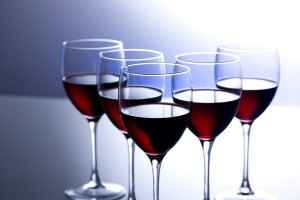 As for wine, the International Organisation of Wine and Vine (OIV), an intergovernmental scientific organization, issued a 2011 statement regarding good vitivinicultural practices to minimize BA production that may affect future wine imports to its 43 member states.
As for wine, the International Organisation of Wine and Vine (OIV), an intergovernmental scientific organization, issued a 2011 statement regarding good vitivinicultural practices to minimize BA production that may affect future wine imports to its 43 member states.
The OIV recommendations include the following to minimize BA production:
- Selective harvesting and rigorous sorting with minimal transport delays
- Avoiding high-pH musts and the triggering of spontaneous MLF
- Avoiding lees maturation with risky musts (low acidity, high temperature)
- Controlling lactic bacteria with lysozyme (an enzyme) and/or sulfur dioxide
- Using starter yeast strains for alcoholic fermentation that are less prone to BA production
- Inoculating with bacteria that have no or low decarboxylase activity to begin MLF
- Using bentonite as a fining agent to remove proteins
The highest levels of BA are associated with certain foods rather than wine. However, during the course of a meal, several BA-containing foods or beverages may be consumed at one sitting, which may overwhelm a susceptible individual’s ability to process these substances.
The concentration of BA in wines from different countries may range from only a few milligrams per liter to 50 mg/l or more. For comparison, dried anchovies contain 348 mg of histamine per kilogram (about 2.2 pounds) with certain aged or fermented cheeses containing about 62 mg/kg (EFSA data, 2009).
Some countries have already established recommended upper limits for histamine in wine, ranging from 2 mg/l in Germany to 10 mg/l in Switzerland.
Clearly, Celsus was on to something. Hear more about these and other prime suspects in wine headaches, possible avoidance strategies, surprising findings about hangovers and plenty of good news about the wine-health connection from head to toe in New Orleans at my Is There a Doctor in the House? presentation on wine and health at this year’s Society of Wine Educator’s annual conference on Thursday, August 13th at 10:30 am. See you in N’awlins!
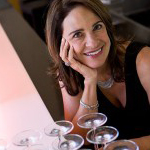 Matilde Parente, MD, CSW is a board-certified physician and the director of wine at a southern California culinary school. She is a member of the Renaud Society, a wine judge and the author of Resveratrol (Woodland Publishing, 2009 and 2011 in Spanish) and Healing Ways: An Integrative Health Sourcebook (Barron’s Education Series) to be released this Fall.
Matilde Parente, MD, CSW is a board-certified physician and the director of wine at a southern California culinary school. She is a member of the Renaud Society, a wine judge and the author of Resveratrol (Woodland Publishing, 2009 and 2011 in Spanish) and Healing Ways: An Integrative Health Sourcebook (Barron’s Education Series) to be released this Fall.
She blogs at www.writeonwines.com. Tweet her @winefoodhealth.

